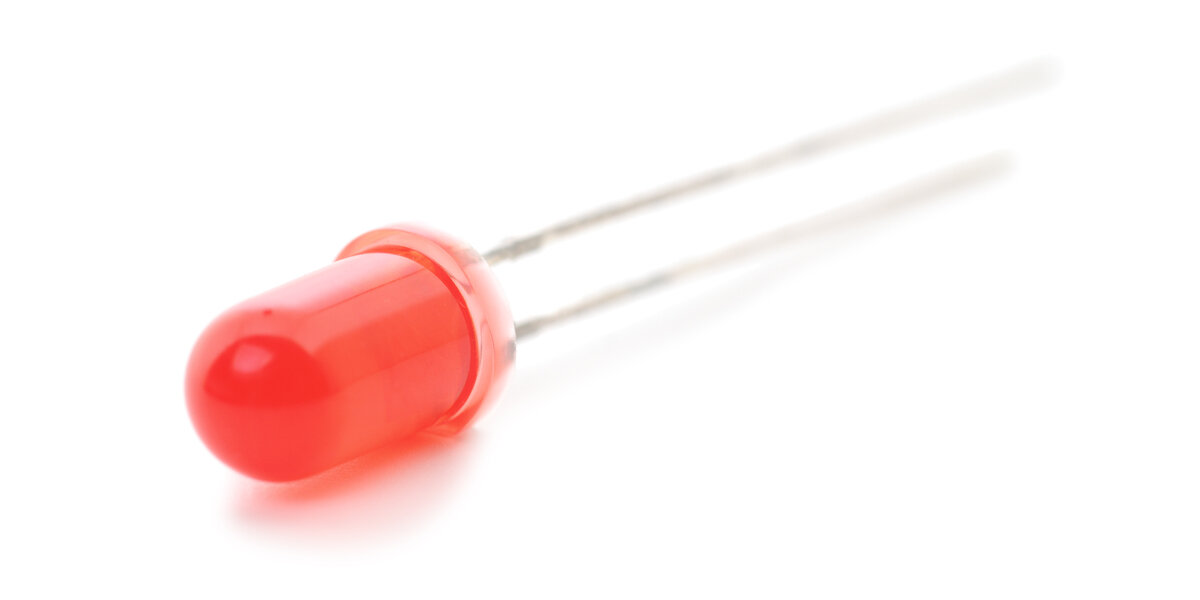How does a Light-emitting Diode Work?
Light-emitting diodes (LEDs) consist of semiconductor crystal layers that, depending on the material used, emit light of certain wavelengths when a current flows through them in the forward direction (electroluminescence). The individual diodes shine either red, green or blue; white light can be obtained from them in various ways. In the past, light-emitting diodes mainly served as colourful but dim signal lamps. After decades of research and development, these digitally controllable, energy-saving light sources are now revolutionising lighting by replacing the outdated, inefficient incandescent lamps.
Light-emitting Diode: Structure and Function
Semiconductors have the property of conducting electricity well in only one of two possible flow directions. The LED chip is coupled to a cathode (excess of electrons, negative charge pole) via a crystalline silicon layer. On top of the silicon layer is a second, thinner layer of semiconductor material that has an electron deficiency. In the transition area, the so-called barrier layer, the excess electrons hit the 'holes' where electrons are missing and close them, releasing energy as light. The connection to the anode (positive charge pole) is made via a very thin gold wire, which only minimally affects the light emission. A protective plastic layer surrounds the LED chips and improves the light emission.





